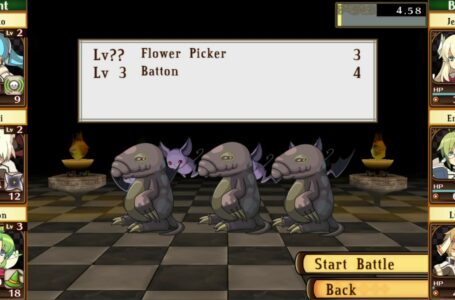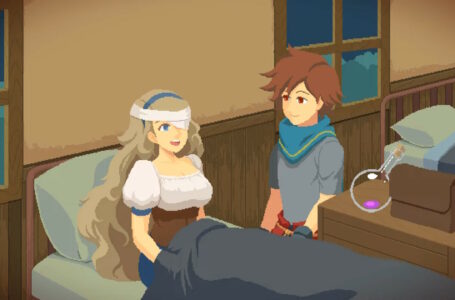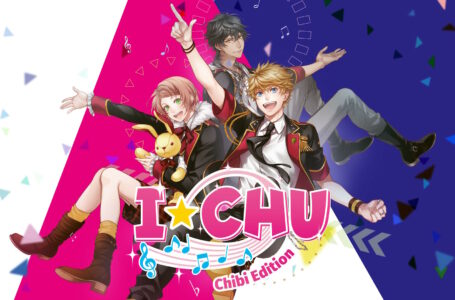How Tormented Souls captures the feel of classic PS2-era horror
Tormented Souls is finally here! After what feels like a long wait, the classic-style survival horror game from Dual Effect, Abstract Digital Works and PQube has been released on PlayStation 5 and PC, with PS4, Nintendo Switch and various Xbox versions set to follow later in the year.
But is it any good? Does it really capture the feel of those classic survival horror games from the early days of the PlayStation platform? Let’s take a closer look at how this game does things — and what we really mean by “classic survival horror”.
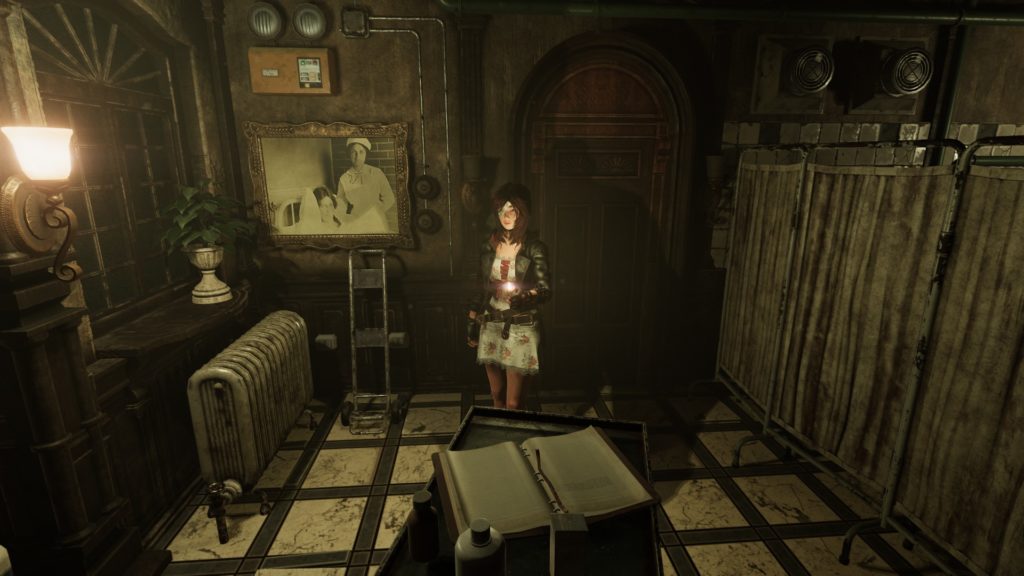
Defining a genre
Survival horror is a genre of gaming that has evolved and changed quite a bit over the years — just look at the trajectory Resident Evil has taken over time. In fact, some argue that for several installments, Resident Evil wasn’t really “survival horror” at all, but rather “action horror” — though in its last couple of episodes, it has gone a bit more back towards the classical definition of the genre.
Classic-style survival horror is, in many ways, an evolution of the point-and-click adventure genre. There’s a story for you to uncover, items to find and puzzles to solve. The geographical area over which the action unfolds is typically relatively small — though there are exceptions — and there’s a strong emphasis on exploration, particularly with a mind to unlocking alternative routes between locations.
Unlike in most classic adventures, there’s combat — but it’s typically not a focus of the experience. Instead, when confronted with an enemy you’ll often have to make important decisions about whether or not you really need to defeat them, or if it is safer and more efficient to simply find a way around them. Resources such as ammunition and health items are relatively scarce, and as such you’ll want to try and put off using them for as long as possible — particularly when it comes to the more powerful weaponry you acquire over the course of the game.
All of this is true for Tormented Souls. So we’re off to a good start.
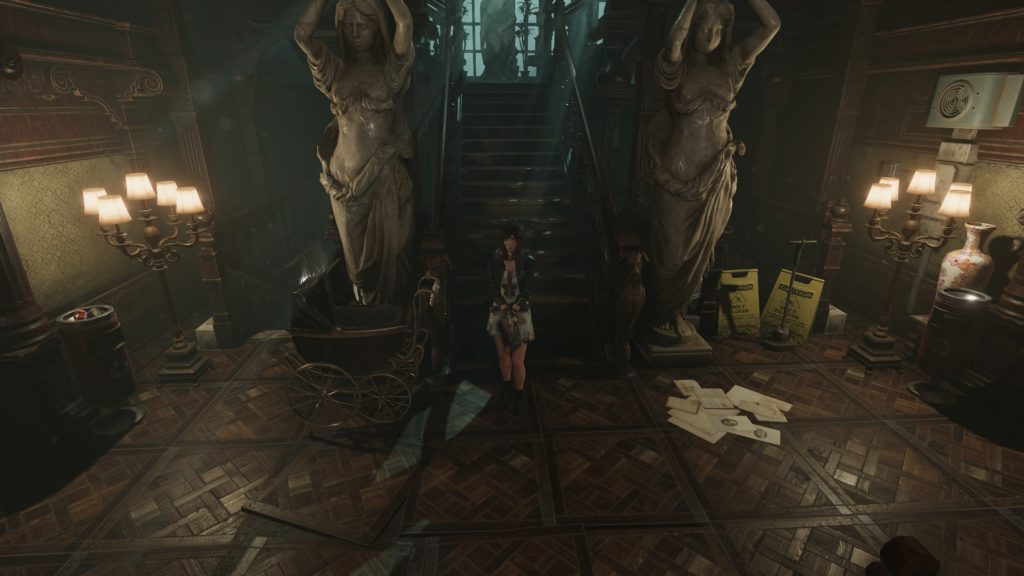
Differing approaches
In the PlayStation 2, Xbox and GameCube era, often regarded as something of a “golden age” for the genre, survival horror games went in a few different directions, and can mostly be looked at as taking a distinctly “Resident Evil” or “Silent Hill” approach.
Resident Evil games prior to 4 — the turning point of the series from classic survival horror to “action horror” — had pretty straightforward puzzles that, for the most part, consisted of finding the appropriate items to use in the correct places. In many respects the whole game would be one big “puzzle”, demanding that you find keys in order to access new areas of the map, unlock shortcuts back to areas you had previously visited (usually by finding “the other side” of doors that were “locked from the other side”) and gradually progress until you had visited every room and looted every item.
A defining characteristic of the early Resident Evil titles was inventory management: you could only carry so many items at once, and as such you often needed to plan your journeys across the map accordingly. You’d have to set yourself an “objective” of sorts, ensure you carry the appropriate items with you — along with enough equipment to defend yourself if necessary — and attempt to make progress a bit at a time, with special “safe rooms” acting as checkpoints where you could manage your inventory, save your game and generally take a bit of a break.
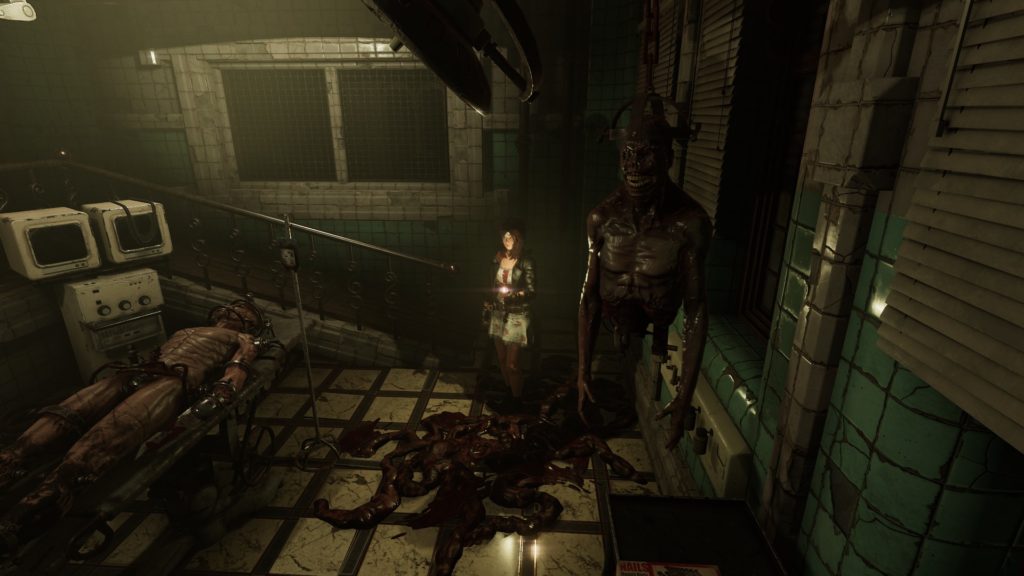
Silent Hill games, meanwhile, tended to progress in a more linear fashion over a slightly larger scale and have a stronger emphasis on narrative moments. In several installments, there was a quasi open-world component that served as a means of transitioning between the main “dungeons” (for want of a better word) as well as providing the opportunity to discover secrets. There was no limitation on what you could carry, but the total amount of resources in the game was still limited, so you’d need to manage ammunition and healing items carefully.
Probably the most significant difference in Silent Hill — particularly its first two installments on PlayStation and PlayStation 2 respectively — is how its puzzles are implemented. While there are some simple “use item A in location B” puzzles, there are many more which unfold in the form of cryptic riddles that you need to decipher in order to even figure out what you’re supposed to do in the puzzle sequences. Some games in the series even allow the puzzle difficulty to be set separately from the combat difficulty — the hardest difficulties throw up some brainteasers that would make Myst proud.
Tormented Souls actually combines elements of both these approaches. It has that “the whole game is a navigation puzzle” feel of Resident Evil, in that as you progress you’ll be able to access more and more of the mansion in which the game is set — as well as unlocking plenty of shortcuts. But it also has a variety of Silent Hill-style riddles and close-up puzzles — in some cases with you needing to determine why a particular puzzle is actually important to complete before attempting it.
It’s pleasing to see that Tormented Souls’ developers have taken on some feedback from the Steam Next Fest demo from a while back, too; one of the demo’s most obtuse-seeming puzzles (and several more like it throughout the game) has been improved with a simple visual clue — it doesn’t give the answer away, but it does mean that people will be a bit less likely to immediately reach for a walkthrough. (That said, we’ve got you covered on that front if you need one!)
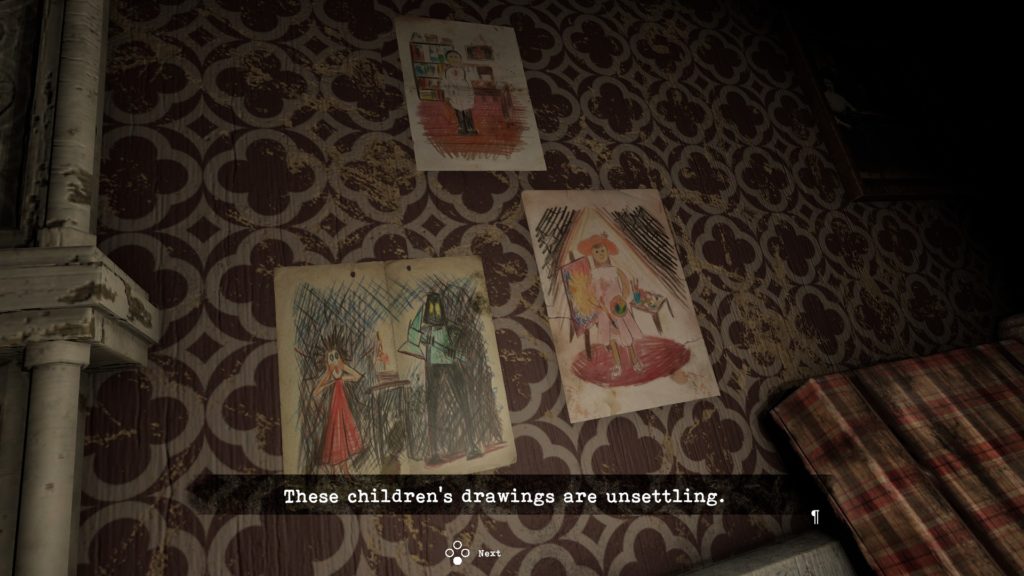
More subtle influences
One of my personal favourite survival horror series is Project Zero, also known as Fatal Frame. Like Tormented Souls, Project Zero combines a little of both the Resident Evil and Silent Hill approaches in its gameplay — but it has a few distinctive features of its own.
One of the most notable of these is the fact that it consistently features relatively “delicate”-seeming female characters — people who are not action heroes. To further emphasise this, Project Zero’s costume designs typically incorporate strongly feminine touches such as being made of lightweight material, featuring lacy detailing and the like. It’s an obvious attempt to play up the feeling of vulnerability and fragility and juxtapose this with the terrifying situations in which they find themselves.
Tormented Souls’ heroine Caroline is, like a Project Zero protagonist, an eminently normal young woman. And the way she is presented throughout the game emphasises her vulnerability in this dangerous, dirty old mansion. She starts the game proper completely naked, for one thing, and the outfit she wears once she gets her clothes back on consists of a lightweight summery dress with ribbon details — as well as a rather cool leather jacket.
The delicacy of the material from which her dress is made emphasises her femininity, while the leather jacket (and its accompanying pouches and straps) highlight the fact that she is clearly an independent young woman who is both capable of taking care of herself and fashion-conscious. She certainly wouldn’t look out of place with a Camera Obscura in her hand rather than a nailgun.
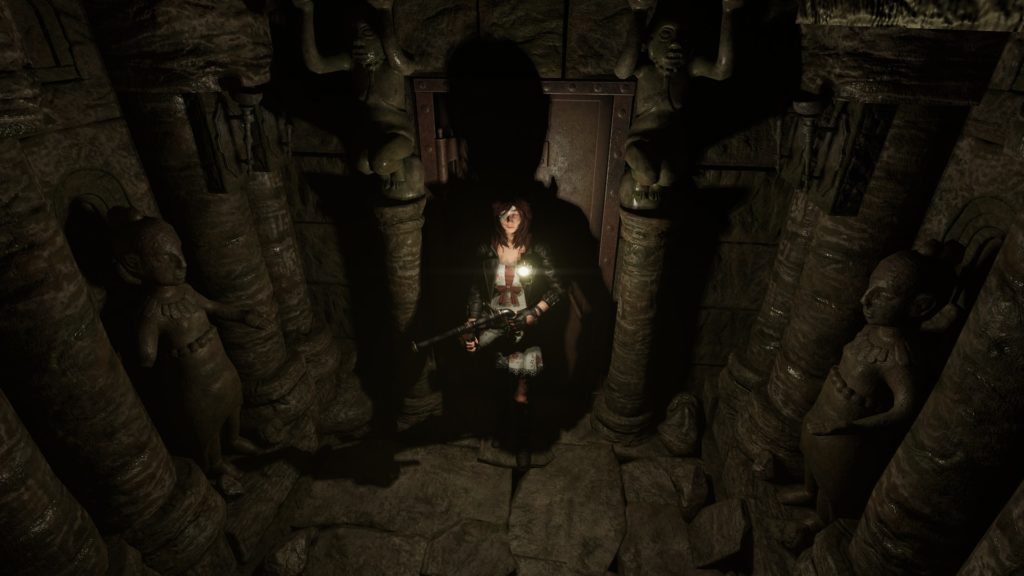
Promise for the future
Dual Effect and Abstract Digital Works have very much proven that they know what they’re doing with this type of game with Tormented Souls. The game tells an interesting story that escalates nicely towards its finale — even if a couple of its twists and turns are fairly predictable — and the whole thing feels very authentic to the style of game it’s trying to pay homage to.
In fact, probably the highest compliment I can pay Tormented Souls is that when my wife walked in while I was playing, her immediate reaction was “oh no, are you playing another scary door game?” — “scary door game” is what she calls the early Resident Evil games, thanks to their notorious door-opening cutscenes.
There are a few rough edges here and there that could do with a bit of polish, such as spoken dialogue that doesn’t quite match subtitles and a lack of animation during conversation scenes — but if you’re feeling generous you can always look on those as the game demonstrating its commitment to its roots to a fault. They’re certainly not game-breaking issues, after all.
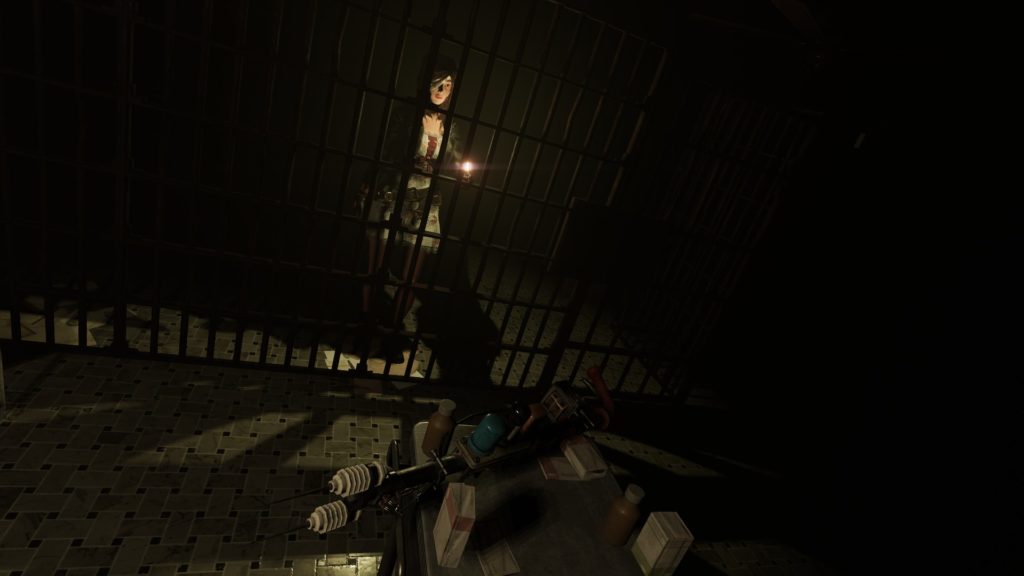
Mostly, Tormented Souls makes me excited for the future. I want to see more games like this from Dual Effect and Abstract Digital Works. I want to see them take a crack at a Tormented Souls 2 with a different protagonist and a new setup. And I want to see this mark something of a resurgence in classic-style survival horror — because it’s always been one of my favourite types of game, and Tormented Souls serves as a great reminder of exactly why I’ve always enjoyed this type of experience.
So if you’re up for a few scares and a bunch of brainteasers to keep you busy, Tormented Souls comes highly recommended. Here’s hoping it’s a big success and affords Dual Effect and Abstract Digital Works further opportunities to explore the survival horror genre — ’cause they’re damned good at it.
Tormented Souls is available now for PC via Steam and PlayStation 5. The PlayStation 5 version also has a physical release. Nintendo Switch and PlayStation 4 physical versions can be preordered now for release later this year. Xbox One and Xbox Series hoojamiflop versions are also on the way.
Don’t forget to check out our Tormented Souls guide if you get stuck!
Join The Discussion
Rice Digital Discord
Rice Digital Twitter
Rice Digital Facebook
Or write us a letter for the Rice Digital Friday Letters Page by clicking here!
Disclosure: Some links in this article may be affiliate links, which means we may earn a small commission if you make a purchase after clicking on them. This is at no additional cost to you and helps support Rice Digital!
- Letter from the Editor: passing the torch - June 30, 2023
- Super Woden GP 2 is looking promising - June 30, 2023
- Inti Creates is making a 32 bit-style Love Live action platformer - June 26, 2023




